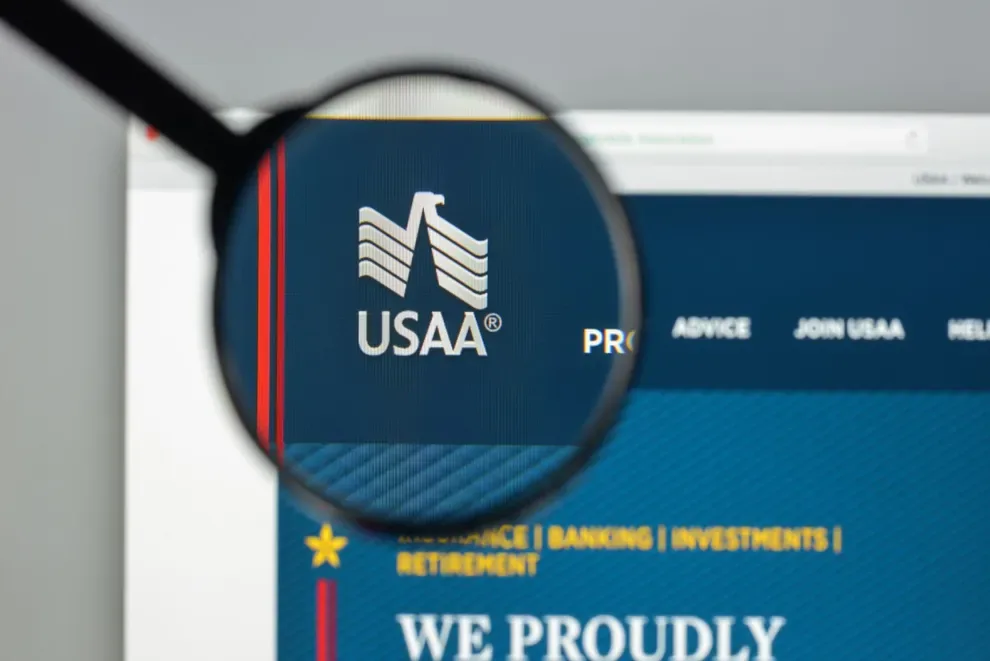Does USAA Cover Teeth Aligners?

Table of Contents
- Average Cost Without Insurance
- Will USAA Cover Aligners?
- How to Get Coverage
- How to File a Claim
- Other Payment Options
USAA offers comprehensive dental care plans that will cover some portion of the cost of teeth aligners as long as you receive them in-person through your dentist or orthodontist. USAA doesn’t cover mail-order teeth aligners.
USAA is an insurance company that caters to military families and veterans, offering low and competitive rates. USAA works with Cigna and Intermountain Healthcare (IHC) to provide dental insurance for its members. The Cigna Dental 1500 plan covers orthodontic treatment, which includes teeth aligners.
Both Cigna and IHC contract with specific in-network dentists, offering pre-negotiated rates. To receive coverage through one of USAA’s alliances, you will need to use a dentist in the Cigna DPPO Advantage or IHC network.
Average Cost of Aligners Without Insurance
Teeth aligners usually cost quite a bit less than traditional braces, but they are also commonly classified as cosmetic dentistry. Because of this, they are not always covered by dental insurance.
Different brands vary in cost greatly, and their offerings are different too. The average costs of teeth aligners are as follows:
| Brand | Average cost |
|---|---|
| Invisalign | $3,000 – $8,000 |
| Byte | $2,000 - $2,499 |
| SmileDirect | $2,000 – $2,500 |
| Candid | $2,000 – $3,500 |
| ALIGNERCO | $1,000 – $1,500 |
Will USAA Usually Cover Aligners?
USAA, working with Cigna, offers orthodontic coverage for teeth aligners.
The Cigna Dental 1500 plan covers teeth aligners at 50% of the total cost. This means if your aligners cost $2,000, they will cover $1,000 of this cost.
There is also a lifetime maximum coverage amount of $1,000. If your aligners cost over $2,000, the Cigna Dental 1500 plan will still cover $1,000 total, and you are responsible for the remainder out of pocket. If you need any other orthodontic services in your lifetime, it will also incur out-of-pocket costs.
There is a 12-month waiting period, so you will need to wait a full year to begin aligner treatment after securing a Cigna Dental 1500 plan.
How to Get Orthodontic Coverage Through USAA
To find a dental insurance plan that supports orthodontic coverage through USAA and its alliances, you should start by requesting a dental quote. This quote is based on where you live, your sex, age, and use of tobacco products.
Again, orthodontic coverage requires a 12-month waiting period before treatment can begin. You will need to sign up for a qualifying plan and be a member for at least a year before receiving orthodontic treatment, such as clear aligners.
To get orthodontic treatment covered, you will need to ensure that you pay your monthly premiums every month and use an in-network provider. To find a Cigna Dental Preferred Provider Organization (DPPO) Network Advantage dentist, search here.
How to File a Dental Claim with USAA
To be eligible for orthodontic treatment that is covered by USAA and its alliances, you need to use an in-network provider.
When you receive your treatment in the dentist’s office and they are an in-network provider, they will handle filing the insurance claim for you. You just need to provide them with your insurance information ahead of time.
When at-home aligner treatment is covered by USAA, the aligner provider can help you navigate how to file your insurance claim. You can learn more about how to file a claim here.
Other Payment Options if Your Aligner Treatment is Not Covered
There are still many payment options for teeth aligners if your insurance plan does not cover them, or you need additional means to cover the out-of-pocket costs of the full treatment. A few examples of ways to offset the total cost include the following:
Dental savings or discount plan: When insurance does not cover teeth aligners, you can often sign up for a dental discount or savings plan that offers a percentage off the treatment with specific providers. These plans offer discounted rates on teeth aligner treatment and often do not have annual maximums or waiting periods. The savings can sometimes be substantial.
Flexible spending account (FSA): This type of account is offered by your employer, and it puts some of your money into a specialized account that can then be used to pay for health care expenses, including orthodontic and aligner treatment.
Health savings account (HSA): This is a form of pre-tax money that you (or your employer) can set aside into a special account that can then be used to pay for health care expenses, including orthodontic and aligner treatment.
Financing options through the provider or a third-party company: Individual aligner providers may offer payment plans and financing options that can break payments down into more affordable monthly payments. Third-party companies can also provide financing options to help with the payment process for teeth aligners.
